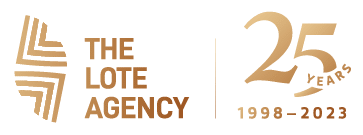Australia has always been a tapestry of cultures and continues to be one of the world’s most multicultural countries. As of 2023, its migrant population growth has hit an all-time high since borders reopened post-pandemic, and the overseas-born population is expected to have grown by more than 700,000 between 2022 and 2024.
When settled, communities still seek to preserve their unique identities and, at the same time, address local challenges. In our increasingly diverse society, it’s paramount that organisations place multicultural audiences front and centre of their communications strategies and ensure that the voices of all citizens are heard, regardless of their background, creating a fairer and more cohesive society.
In an ever-evolving world of information, community engagement proves to be a powerful tool for positive social change. By fostering constructive relationships and bridging the gap between individuals, public organisations, and governments, community engagement paves the way for more equitable, sustainable, and impactful decisions, ultimately enhancing the quality of life within localities.
Although traditional, top-down approaches are used most widely and commonly, they are not always effective. Community engagement, however, not only stands as an invaluable alternative, but it is also the most desired practice for organisations and communities. This different approach is collaborative and inclusive, and it redefines the process of designing and delivering services. When communities are not simply communicated to but made part of the decision-making process, it fosters a deeper understanding of the complex issues and requirements within different communities.
In this article, we will explore the critical importance of community engagement. We’ll also offer a glimpse into how The LOTE Agency approaches community engagement, showcasing some of our strategies to amplify diverse voices and ensure active participation in decision-making processes.
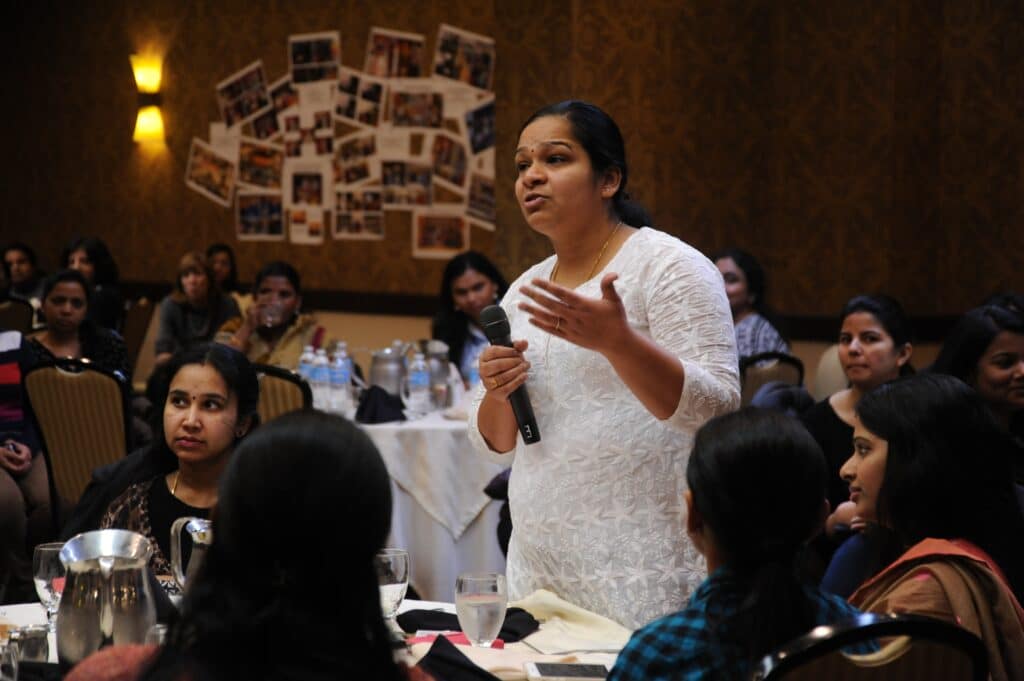
What is community engagement?
Before we delve into details, let’s define the term community engagement. There are two parts to this term:
Community
The term ‘community’ refers to groups of people, such as stakeholders, interest groups, or social groups. A community may be based, for instance, on a geographic location (community of place), shared interest or activity (community of practice), or affiliation or identity (i.e. cultural background, profession, or sporting club).
The focus on the collective rather than the individual broadens the scope and ensures that multicultural communication initiatives are inclusive. Inclusivity implies understanding and consideration of the internal diversity within the group.
Engagement
While ‘engagement’ broadly means collaboration, it transcends simple consultation or development. It is more than “community consultation, community service and community development” and is a symbiotic or “two-way relationship leading to productive partnerships that yield mutually beneficial outcomes”.
Community Engagement
Community engagement is about forging and nurturing partnerships. These alliances help mobilise resources, influence systems, reshape relationships and drive changes in policies, programs, and practices.
Why is community engagement important?
Engaging with communities isn’t just a ‘nice to have’; it’s essential for robust public relations. By embracing community engagement, organisations unlock numerous benefits, strengthening their initiatives and enhancing their public image. Here’s a deeper dive into these advantages:
- Building trust. Trust is the foundation of any successful relationship and needs to be earned. By actively involving community members in decision-making processes and valuing their input, organisations demonstrate transparency and a genuine commitment to addressing community needs. This open dialogue and inclusivity build trust, creating a strong bond between the organisation and the community.
- Increasing brand loyalty. When organisations prioritise community engagement, they show that they care about the well-being and interests of their stakeholders. Community members are more likely to develop a sense of loyalty and affinity towards a brand that actively listens to their concerns and involves them in shaping policies or services, ultimately leading to increased support, positive word-of-mouth, and a broader customer base.
- Empowering community. More than a buzzword, empowerment means giving individuals a platform to voice their concerns and shape decisions that affect their lives. When people feel that their voices are heard and respected, they are more likely to be active participants in the community and take ownership of its well-being.
- Tapping into diverse insights. Community members often possess valuable knowledge and insights that may not be readily available within the organisation. These diverse insights can lead to more comprehensive and innovative solutions to complex issues.
- Cultivating collaboration between the organisations and the communities. Unlike a top-down approach, a collaborative mindset encourages all stakeholders to work together towards common goals, leading to more effective problem-solving and a greater sense of unity within the community.
- Improved communication. By working closely with the communities, organisations fine-tune their messaging. This leads to clearer and more relevant communication, reduces misunderstandings and fosters a deeper connection between the organisation and its audience.
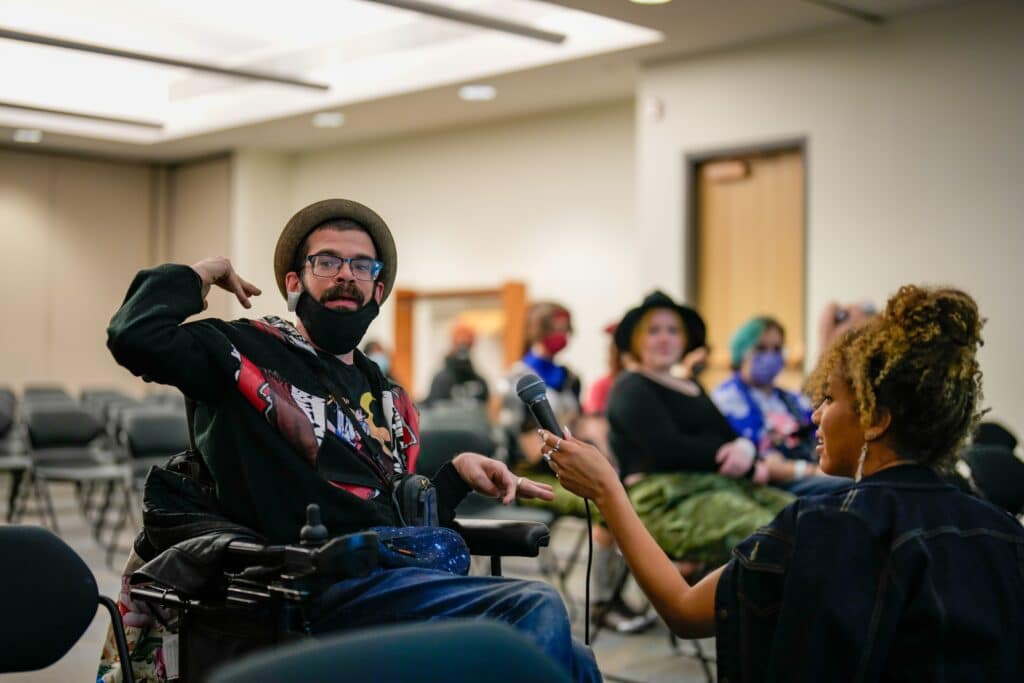
The IAP2 Spectrum
The IAP2 (International Association for Public Participation) Public Engagement Spectrum is a framework that outlines the different levels of public participation in decision-making processes.
The spectrum consists of five levels of public engagement, ranging from inform to empower.
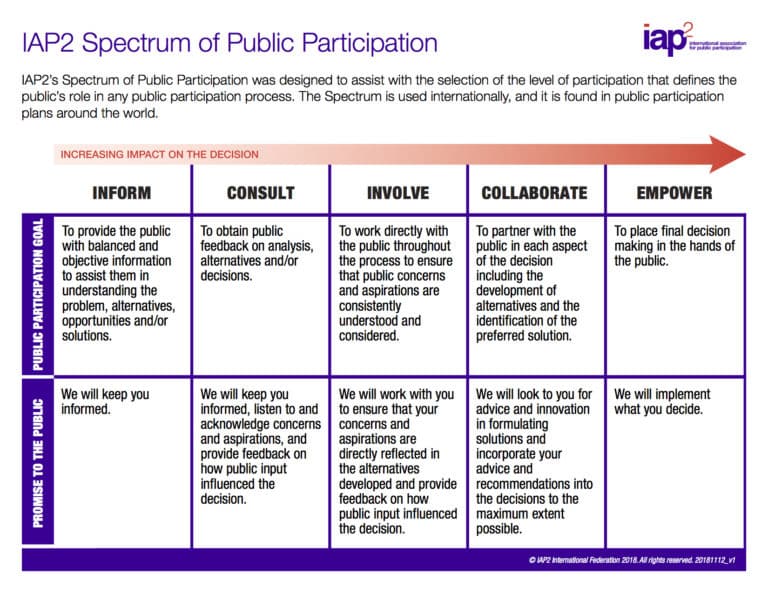
The spectrum emphasises the importance of increasing engagement levels to promote more effective, inclusive, and transparent decision-making processes that align with community needs and aspirations.
IAP2 is a recognised international public participation tool and a foundational model for LOTE’s community engagement strategies. Yet, one key point to remember: the IAP2 Spectrum, while invaluable, carries a Western-centric orientation. Its principles and methodologies stem from Western cultural perspectives and are typically delivered in ways that resonate with Western cultures since the engagement principles emanate from the way the spectrum is created.
- At the lowest level, organisations inform the public about decisions already made.
- Moving up the spectrum, they consult with the public to gather feedback and input.
- Further along, organisations involve the public in collaborative discussions, allowing them to work directly with decision-makers.
- The next level is to partner with the public throughout the entire process, sharing decision-making responsibilities.
- At the highest level, organisations empower the public, granting them significant influence in decision-making.
When communicating across diverse audiences, cultural adaptation is essential. At LOTE, we recognise the significance of understanding and respecting subtle cultural nuances, as they profoundly influence behaviours and perceptions. Our unique offering lies in the seamless integration of cultural adaptation into every aspect of our communication and community engagement strategies. By doing so, we ensure that our clients’ messages resonate with their target audiences on a deeper level, fostering genuine connections and driving impactful results.
LOTE case studies
IAP2 Consult: Small Acts, Big Impact campaign – Sustainability Victoria
In 2022, on behalf of the Victorian Government, Sustainability Victoria rolled out the “Small Acts, Big Impact” (SABI) campaign. The central premise of SABI was simple yet powerful: individual actions, no matter how small, can collectively make a significant difference in recycling rates, reducing landfill, and preserving natural resources.
To amplify this message to multicultural audiences, LOTE partnered with Sustainability Victoria. Together, they orchestrated a series of community events and activations, focusing on face-to-face interactions, which not only created a buzz around SABI but also facilitated direct community feedback.
Full Moon Festival at Springvale Shopping Centre, October 2022
With over 20% of its population being born in Vietnam and more than 25% speaking Vietnamese, Springvale boasts one of the largest Vietnamese communities in Melbourne.
LOTE arranged for a stall activation within the Springvale shopping centre, equipped with survey tablets, banners, campaign merchandise and information sheets.
Through surveys and community consultations, the LOTE team gained a wealth of critical insights, which helped to further tailor the communication approach and address the concerns and barriers faced by the community.
Through experiences and learnings, the campaign can continue to educate all Victorian residents, regardless of their English proficiency, about simple steps they can take to reduce waste and improve recycling habits.
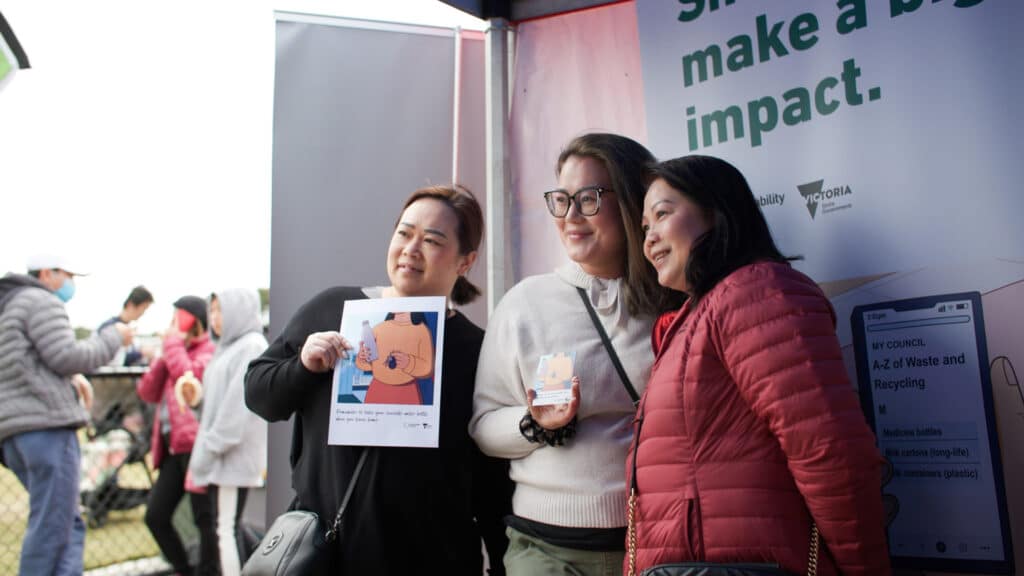
IAP2 Involve: Junior X – AFL Victoria
In 2023, The LOTE Agency partnered with the Australian Football League Victoria (AFL VIC) on the JuniorX program. The primary goal was to ignite a passion for sports among multicultural communities and interest among culturally and linguistically diverse families in sports, and in particular, increase the participation of children and youth in AFL clubs. The opportunity to reach diverse multicultural audiences in large numbers, and make a positive social impact through sport is huge, which is why it is such a focus for us at LOTE.
Our community engagement strategy was thoughtfully designed to create a significant social impact in the Inner West and Southeast areas:
- Strategic outreach: our team reached out to a diverse set of multicultural organisations, local councils, communities, religious centres, schools, and language schools to introduce and promote the JuniorX program. Our goal was to build partnerships to raise awareness about JuniorX and to amplify its reach.
- Partnership building: active collaboration with these organisations enabled us to clearly articulate the benefits of the program to communities and their children, increasing interest and participation.
- Incentive-based collaboration: we offered incentives to potential partners, actively encouraging them to register participants from their respective communities. This ultimately led to increased participation.
- Grassroots engagement: we went beyond conventional outreach methods, actively engaging with organisations and communities within the target areas, fostering strong connections and trust within these communities.
Our efforts led to substantial social impact:
- We successfully increased the interest among CALD families in sports, particularly in AFL clubs.
- Our partnership and collaboration with local organisations helped inform the communities and increased awareness about the JuniorX program.
- We organised live sports events where children had the opportunity to try out the new game while parents observed and learned more about the sport.
With careful planning and execution, our community engagement strategy successfully increased interest among CALD families in sports and boosted youth participation in AFL clubs and the JuniorX. Our emphasis on building trust, cultural sensitivity, and meaningful engagement proved instrumental in achieving these tangible outcomes, furthering our commitment to promoting diversity and social inclusion through sport.
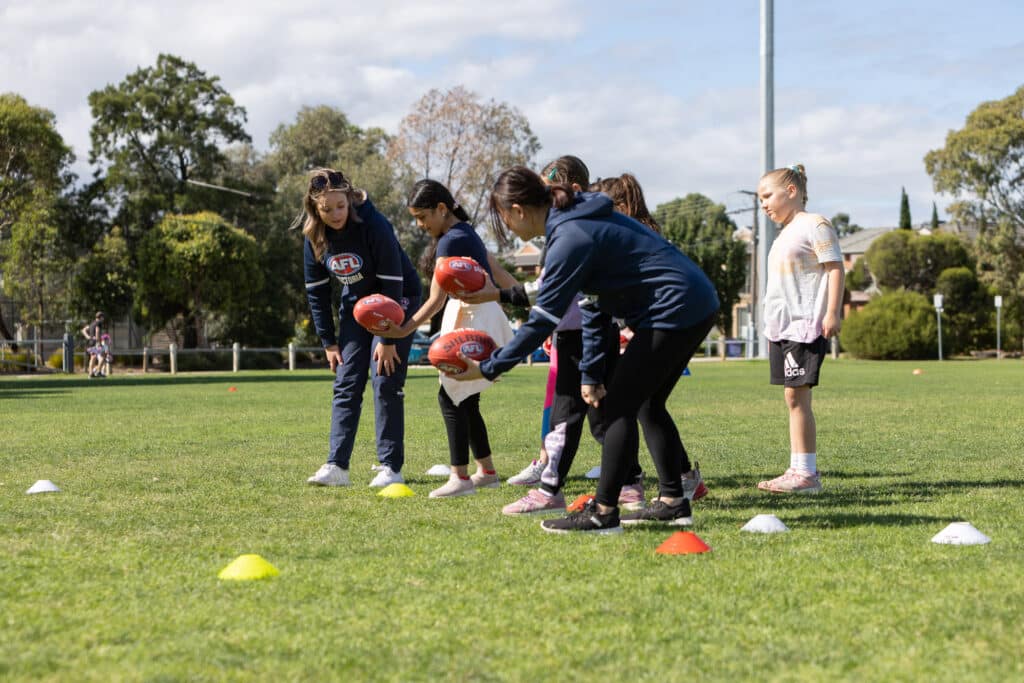
Ethics
As we develop and implement community engagement, we adhere to high ethical standards. Engaging ethically means prioritising such essential principles as:
- Careful planning and preparation: inclusive planning should underpin the process, ensuring it serves a clear purpose and addresses the unique needs of the community. Engage in meaningful dialogue with the community from the very beginning, to understand their concerns and aspirations
- Inclusivity and diverse representation: to promote democratic legitimacy and foster quality outcomes, incorporate diverse voices, ideas, and information in a fair and equitable manner. Provide accessible and comprehensive information, using clear and inclusive language, and accommodating diverse perspectives.
- Collaboration and shared purpose: encourage and support the stakeholders – organisations, institutions and individuals to work together towards the common good. Recognise and address power imbalances, giving communities the opportunity to influence outcomes.
- Openness and learning: serve as an unbiased mediator for all parties involved. Explore, learn and apply new ideas and information, and evaluate the effectiveness of the actions.
- Transparency and trust: openly share information about the process – the stakeholders, objectives and outcomes, and the range of views expressed.
- Impact and action: ensure that each engagement effort holds the potential to bring about tangible change, and communicate this potential to participants.
- Sustained engagement and participatory culture: promote a culture of ongoing participation through programs and institutions that support high-quality public engagement.
If these principles are neglected or overlooked, community engagement risks becoming unethical. This may happen when it is tokenistic or superficial; when profit-seeking takes precedence over community well-being, or when the organisation’s interests outweigh the genuine consideration of the community’s needs. Lack of transparency may also erode trust, hindering the community’s ability to make informed decisions and voice their views and concerns. In the same vein, excluding certain voices and groups within the community leads to marginalisation and compromises the diversity of perspectives, leading to outcomes that do not adequately represent the community’s interests.
Challenges
When organisations venture into community engagement without expert involvement, they often face barriers that can impede their success. Community engagement is a complex process that requires a deep understanding of customs, traditions, and societal norms. Without the guidance of experts who help navigate these intricacies, clients risk misinterpreting cultural cues, inadvertently offending community members, failing to address critical issues, or missing out on unique opportunities within the community.
Some of the challenges associated with community engagement are:
Communication Challenges
- Language barriers. Proper translation and quality interpreting are crucial. Overlooking this can lead to misunderstandings, hampering effective communication.
- Literacy. Tailoring information for audiences with varied literacy levels ensures everyone can participate and engage effectively.
- Access to the internet, resources and media. Disparities can limit some community members’ ability to engage. Identifying the right communication channels is fundamental to our strategy.
Cultural and Awareness Challenges
- Awareness. Ensuring the community knows about an organisation and its benefits is vital. Resources must be channelled towards fostering public interest and recognition.
- The lack of culturally relevant methodology. A one-size-fits-all approach, without respect for cultural context, can alienate or even offend community members.
Trust and Connection
- Credibility and trust. Gaining trust requires understanding community needs and ensuring diverse representation. A lack of trust can foster scepticism and resistance.
- Connection. A genuine connection highlights an organisation’s commitment to the community. This fosters trust, making the community more receptive to the organisation’s initiatives.
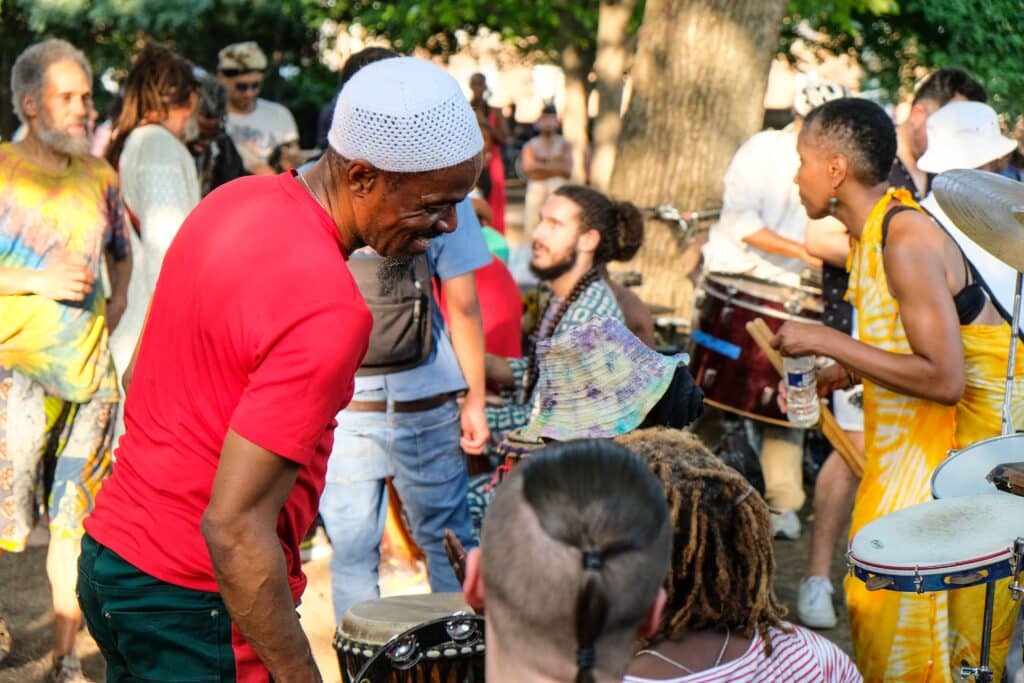
Conclusion
Throughout my years immersed in cross-cultural communications, I’ve come to realise that community engagement is not just about ‘doing’ but also about ‘understanding’. It’s akin to fluently speaking multiple languages – each community has its own ‘linguistics’, its unique quirks, traditions, and norms. And the key to successful engagement? It’s diving deep into these nuances with both intent and respect.
Having conversed in different languages and engaged with myriad cultures, I’ve learnt that while the principles remain consistent, the application is ever-evolving. As businesses, leaders, and institutions, our objective should be to strike that delicate balance between professional intent and the human touch. It’s about listening more than speaking, and understanding more than assuming.
So, if you’re ready to delve into this diverse world and harness the power of genuine community engagement, remember: it’s a journey best taken with experts who’ve walked the path and learnt its lessons.
Looking to Engage?
If this resonates with you, I invite you to learn more about the profound impact community engagement and translation services can have on your organisation. Let’s champion growth, inclusion, and empowerment, shaping a brighter future for every Australian.
